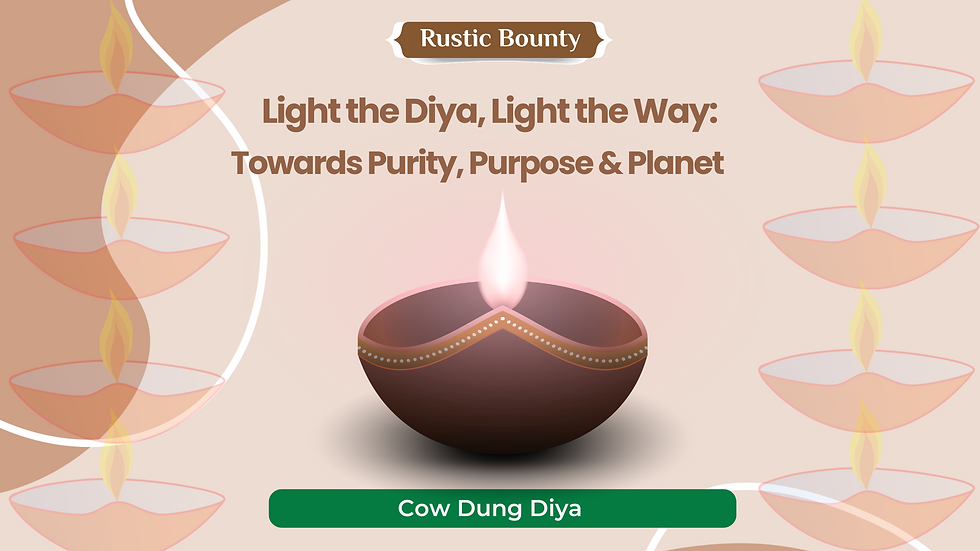Beyond the Smoke: Overcoming Challenges in Reaching the Market
- Inner Search Foundation NGO
- May 1
- 2 min read
Eco-friendly, handmade, and rooted in tradition, cow dung dhoop battis seem like the perfect fit for a conscious consumer. Yet, despite their benefits, selling them in an online or offline marketplace remains a serious challenge. The path from production to customer is anything but easy.
1. Handcrafted, Not Mass-Produced — And That’s a Problem
Most cow dung dhoop battis are handmade, crafted with care, authenticity, and soul. While this enhances their value, it also drives up the cost. In a price-sensitive market, this added expense becomes a significant barrier. For small, bootstrapped enterprises, the lack of budget for marketing, ads, or running campaigns makes it difficult to gain visibility. Without the right exposure, even the most thoughtfully made products and brands can easily fade into the background.
2. The Fragrance Factor
The natural fragrance of cow dung dhoop batti is subtle and mild. It is not overpowering. While that is actually a good thing for health and indoor air quality, most consumers are used to strong, lingering scents from chemical-laced products. Without smell being "loud," many assume it’s ineffective.
3.The Invisible Barrier: Sensory Experience Doesn’t Travel Digitally
Selling a cow dung dhoop batti is not like selling a gadget. The consumer can’t feel the texture, smell the natural mix of herbs, or sense the purity of the process from a picture. Most buyers are unfamiliar with what makes these products special, what authentic smells like. This gap between real-world experience and digital presentation is vast. A description like “natural, earthy fragrance” or “infused with guggul and sambrani” just doesn’t stir the senses unless someone’s already familiar with it.
4. Visibility in a Crowded Market
Whether you're in a kirana store or on a large e-commerce platform, dhoop battis are available everywhere mostly cheap, synthetic versions. Standing out with an eco-friendly product becomes tough. Online platforms require stunning product photography, paid promotion which are difficult for small enterprises.
5. Perceived Value vs. Real Worth
Many customers still see cow dung as waste, not wellness. Educating buyers about its purifying properties takes time and effort. While some urban customers are open-minded, many still associate value with packaging and brand gloss—not the effort or tradition behind the product.
The Way Forward?
The answer lies in consistency. Awareness needs to be built slowly and steadily. Small brands must connect emotionally with their audience, positioning these products as symbols of mindful living and rural revival. Collaborations with eco-conscious stores and urban wellness brands can help build a presence where both the product and its purpose are truly valued. The path is challenging, but the journey is worth undertaking.
Rustic Bounty: Reviving the Tradition of Purity and Sustainability




Comments